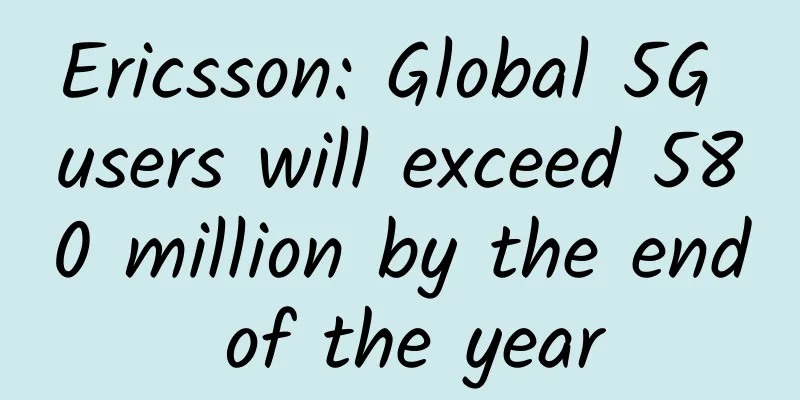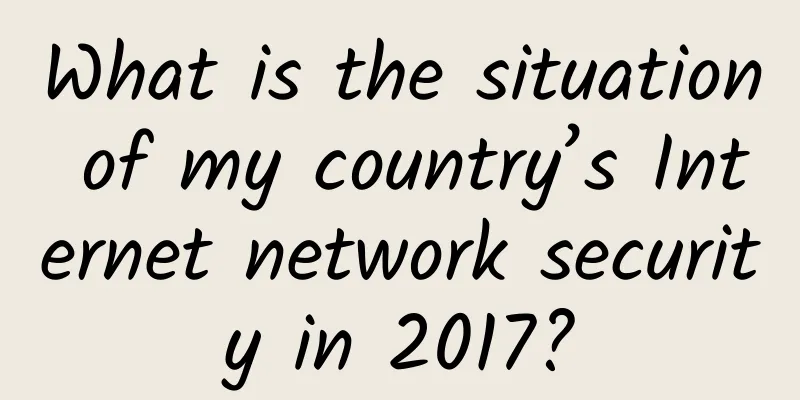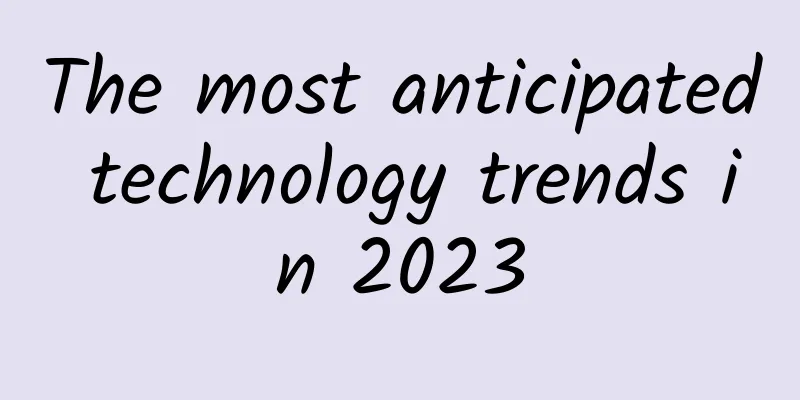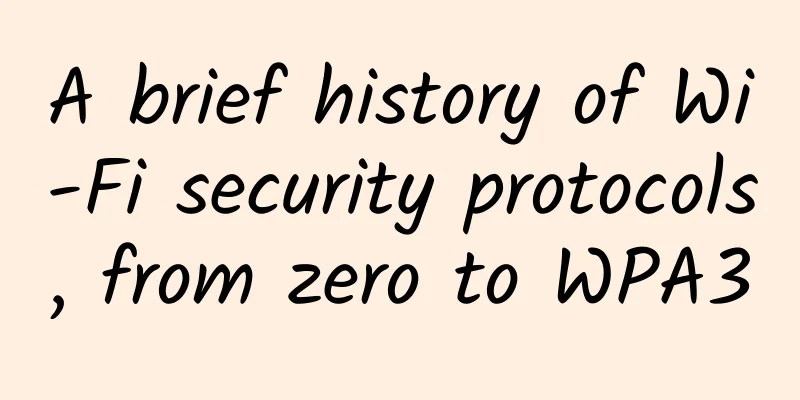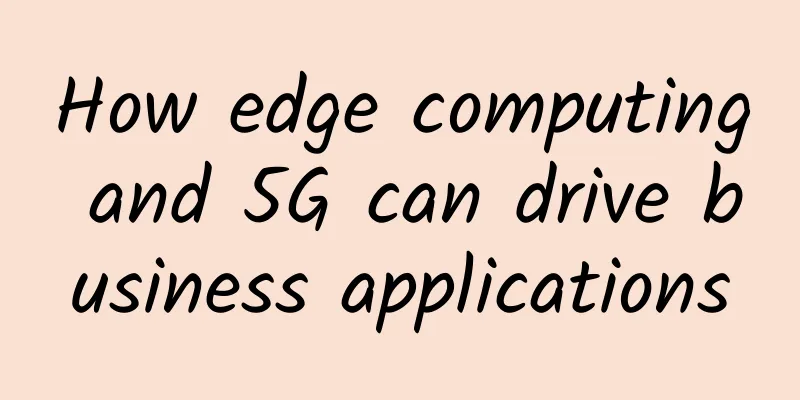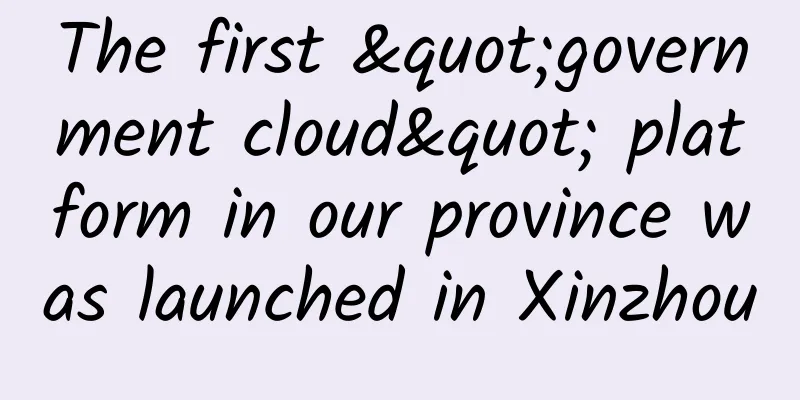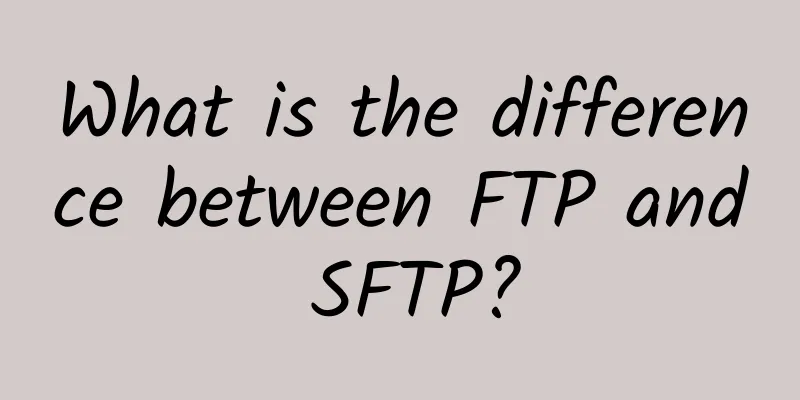PostMessage can also be used like this
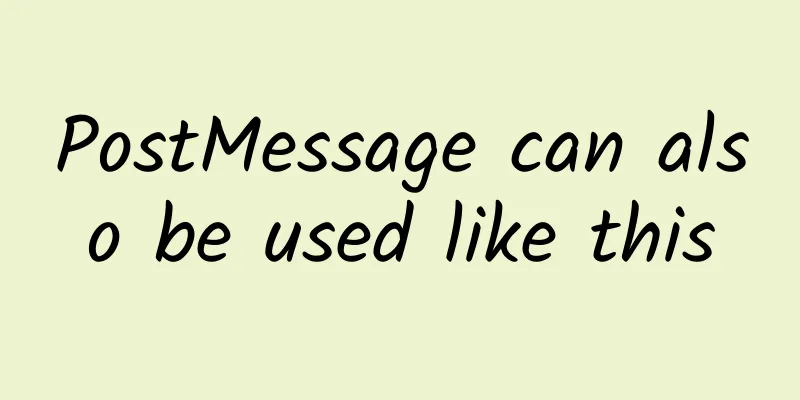
|
In daily work, message communication is a very common scenario. For example, everyone is familiar with the B/S structure, in which the browser and the server communicate with each other based on the HTTP protocol: However, in addition to the HTTP protocol, in some scenarios where data real-time requirements are high, we will use the WebSocket protocol to complete message communication: I believe that everyone is familiar with these two scenarios. Next, Brother Abao will introduce another scenario of message communication, that is, how to communicate messages between the parent page and the child page loaded by the iframe. Why did I suddenly write about this topic? Actually, it is because in a recent project, Abao needs to implement message communication between the parent page and the child page loaded by the iframe. In addition, Abao happened to be writing a special topic on source code analysis recently, so I searched on Github and found a good project - Postmate. After reading the Postmate source code, I think some of the design ideas of the project are worth learning from, so I wrote this article to share with you. After reading this article, you will learn the following knowledge:
Okay, without further ado, let’s first give you a brief introduction to Postmate. 1. Introduction to Postmate
Postmate is a powerful, simple, Promise-based postMessage library. It allows the parent page to communicate with the cross-domain child iframe with minimal cost. The library has the following features:
Next, I will analyze the Postmate library from three aspects: how to perform a handshake, how to implement two-way message communication, and how to disconnect. In addition, I will also introduce some good design ideas in the Postmate project. 2. How to Handshake When TCP establishes a connection, a three-way handshake is required. Similarly, when a parent page communicates with a child page, Postmate also uses a "handshake" to ensure that both parties can communicate normally. Because the basis of Postmate communication is based on postMessage, before introducing how to handshake, let's first take a brief look at the postMessage API. 2.1 Introduction to postMessage For two scripts in different pages, the two scripts can only communicate with each other if the page that executes them is located on the same protocol, port number, and host. The window.postMessage() method provides a controlled mechanism to circumvent this limitation, and this method is safe as long as it is used correctly. 2.1.1 postMessage() Syntax
The sender sends a message through the postMessage API, and the receiver can add a message processing callback function by listening to the message event. The specific usage is as follows:
2.2 Implementation of Postmate Handshake In telecommunications and microprocessor systems, the term handshake has the following meanings:
For communication systems, handshaking is the process after the communication circuit is established but before information transmission begins. Handshaking is used to agree on parameters such as information transmission rate, alphabet, parity, interrupt procedures, and other protocol features. For the Postmate library, the handshake is to ensure that the parent page and the iframe child page can communicate normally. The corresponding handshake process is as follows: In Postmate, the handshake message is initiated by the parent page. To initiate a handshake message in the parent page, you first need to create a Postmate object:
In the above code, we create a postmate object by calling the Postmate constructor. There are two main steps in the Postmate constructor: setting the internal properties of the Postmate object and sending a handshake message: The code corresponding to the above flowchart is relatively simple, so I won't post the detailed code here. Interested friends can read the relevant content in the src/postmate.js file. In order to respond to the handshake information of the parent page, we need to create a Model object in the child page:
The Postmate.Model constructor is defined as follows:
In the Model constructor, we can clearly see the call to the sendHandshakeReply method. Here we only look at the core code: Now let's summarize the handshake process between the parent page and the child page: When the child page is loaded, the parent page will send a handshake message to the child page through the postMessage API. After the child page receives the handshake message, it will also use the postMessage API to reply a handshake-reply message to the parent page. In addition, it should be noted that in order to ensure that the child page can receive the handshake handshake message, a timer will be started inside the sendHandshake method to perform the sending operation:
Of course, in order to avoid sending too many invalid handshake messages, the maximum number of handshakes is limited inside the doSend method:
After the main application and the sub-application complete the handshake, two-way message communication can be carried out. Let's learn how to implement two-way message communication. 3. How to implement two-way message communication After calling the Postmate and Postmate.Model constructors, a Promise object is returned. When the Promise object's state changes from pending to resolved, ParentAPI and ChildAPI objects are returned respectively: Postmate
ParentAPI
Postmate.Model
ChildAPI
3.1 Child page -> parent page 3.1.1 Subpage sends message
In the above code, the child page can send messages through the emit method provided by the ChildAPI object. The definition of this method is as follows:
3.1.2 Parent page listens to messages
In the above code, the parent page can register the event handler through the on method provided by the ParentAPI object. The definition of this method is as follows:
3.2 Message Verification To ensure the security of communication, Postmate will verify the message when processing it. The corresponding verification logic is encapsulated in the sanitize method:
The corresponding validation rules are as follows:
The following message types are supported by Postmate:
In fact, to implement message verification in advance, we also need to define a standard message body model:
After understanding how child pages communicate with parent pages and how to perform message verification, let's take a look at how parent pages communicate messages with child pages. 3.3 Parent page -> child page 3.3.1 Calling methods on subpage model objects In the page, we can call the method on the child page model object through the call method provided by the ParentAPI object:
In the ChildAPI object, the call message type will be processed accordingly. The corresponding processing logic is as follows:
From the above code, we know that the call message can only be used to call the method on the sub-page Model object and cannot obtain the return value of the method call. However, in some scenarios, we need to obtain the return value of the method call. Next, let's see how ParentAPI implements this function. 3.3.2 Calling methods on subpage model objects and getting return values If we need to get the return value after the call, we need to call the get method provided on the ParentAPI object:
For the request message sent by the parent page, the child page will use the resolveValue method to obtain the return result, and then return the result through postMessage:
The resolveValue method in the above code is also very simple to implement:
At this point, we have introduced how Postmate performs handshakes and how to implement two-way message communication. Finally, let's introduce how to disconnect. 4. How to disconnect When the parent page and the child page have completed the message communication, we need to disconnect. At this time, we can call the destroy method on the ParentAPI object to disconnect.
In this article, Abaoge uses the Postmate library as an example to introduce how to implement elegant message communication between the parent page and the iframe child page based on postMessage. If you are still not satisfied, you can read Abaoge's previous articles related to communication: How to implement message communication elegantly? and WebSocket that you don't know. 5. Reference Resources
|
>>: Application of 5G in epidemic prevention and control in medical system
Recommend
The 400G era is coming, and new optical fibers may be the best partner
With the continuous emergence of high-definition ...
SD-WAN is just the first step in WAN automation
Just like self-driving cars, IT networks are beco...
2017 Huawei Cloud Industry Summit Forum: Building an "Urban Industry Cloud" Alliance to Boost the Leapfrog Development of Cities
[51CTO Suzhou Report] On June 9, 2017, the 2017 H...
Will the 6G market size exceed $1 billion in 2028? What are its typical features and potential applications?
Industry experts point out that 6G will achieve s...
8 Software-Based Network Trends for 2019
As networks become increasingly software-based, l...
DogYun Hong Kong server monthly discount of NT$100, starting from NT$300 per month, E5-2637v2/16GB/480G SSD/10M bandwidth
DogYun is a Chinese hosting company established l...
iWebFusion: Los Angeles VPS starting at $9.38 per month, 4GB memory package, upgradeable to 10G bandwidth
iWebFusion (or iWFHosting) is a long-established ...
Wireless charging has three constraints on market demand
Wireless charging technology has been around for ...
Operators’ deployment of the Metaverse: a good business that will not lose money whether you win or lose
[[437233]] Recently, the hottest word is naturall...
What you need to know about HTTP protocol
Today we will analyze the HTTP protocol, which is...
The time is ripe, and it is expected that 2G/3G network withdrawal will be completed in 3 to 5 years
"Talented people emerge in every generation,...
How does HTTPS ensure secure transmission?
[[379186]] Preface The HTTPS connection process i...
How awesome is the next-generation camera polished by the Virgo Huawei technical team? A favorite for detail lovers!
[51CTO.com original article] Can cameras also tak...
Use wireshark to analyze tcpdump network data packets to quickly troubleshoot and solve the frequent abnormal TCP connection disconnection problem of OceanBase in a certain environment
1. Problem phenomenon A customer reported that in...
Huawei invites you to use your imagination to guess
[51CTO.com original article] Are you tired of wor...
